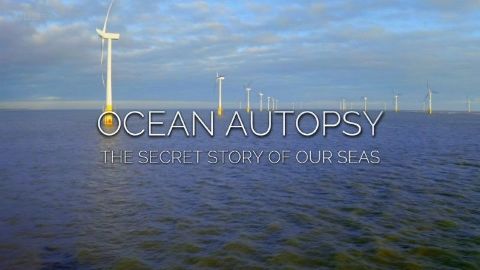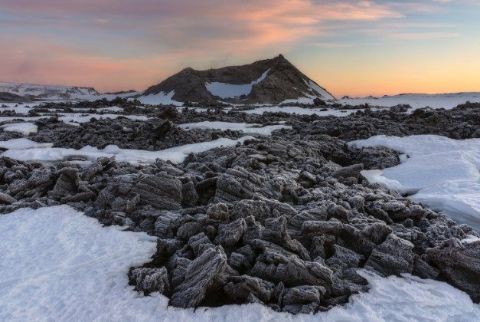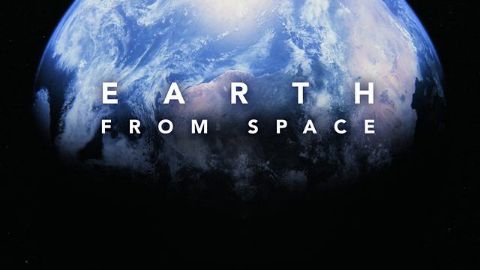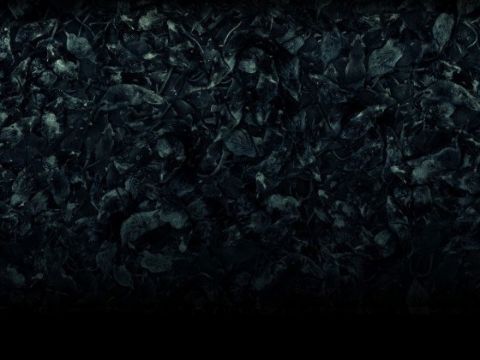Planet Ocean • 2012
Can we imagine a film that would change the way people look at the ocean? Can we explain simply, to everyone, the greatest natural mystery of our planet? And lastly, can we help our children believe in a better and more sustainable world tomorrow? This is the triple challenge of a new cinema adventure signed by Yann Arthus-Bertrand and editor- in-chief Michael Pitiot, who brings with him the scientific missions of TARA, a unique pool of researchers, oceanographers and biologists from several countries. Thanks to its astonishing photography, the film takes us on a magnificent and unprecedented journey into the heart of the least known regions of our planet. For more info visit goodplanet.org/
Make a donation
Buy a brother a hot coffee? Or a cold beer?
Hope you're finding these documentaries fascinating and eye-opening. It's just me, working hard behind the scenes to bring you this enriching content.
Running and maintaining a website like this takes time and resources. That's why I'm reaching out to you. If you appreciate what I do and would like to support my efforts, would you consider "buying me a coffee"?
Donation addresses
BTC: bc1q8ldskxh4x9qnddhcrgcun8rtvddeldm2a07r2v
ETH: 0x5CCAAA1afc5c5D814129d99277dDb5A979672116
With your donation through , you can show your appreciation and help me keep this project going. Every contribution, no matter how small, makes a significant impact. It goes directly towards covering server costs.





